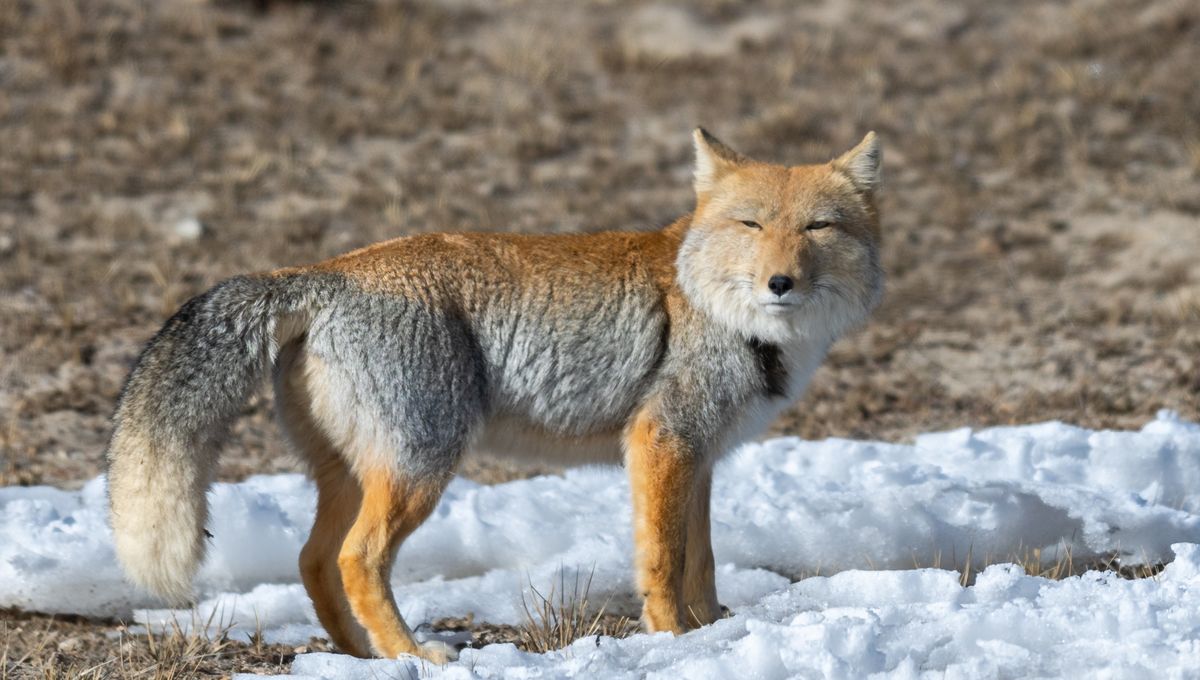
If you’ve ever lived with a pet, you know that they can have a whole host of facial expressions, and apparently, this trait isn’t confined to domesticated creatures. Look no further than the Tibetan fox; while they are perfectly adapted for life in the Himalayas, they might also have the most judgmental faces in the animal world.
The rest of this article is behind a paywall. Please sign in or subscribe to access the full content.
Where do Tibetan foxes live?
Tibetan foxes live in a wide, high-altitude area that stretches across India and China, the autonomous region of Tibet, and into Nepal. They prefer areas of sparse grassland, where their main prey, the black-lipped pikas, are plentiful. While the foxes also feed on other small mammals, the pikas are their main food source, and they are typically not found in regions without them. In fact, research suggests that they are obligate predators of pikas. It is even thought that they may form alliances with brown bears, who dig out the pikas’ underground tunnels, driving the little mammals out, where they are then caught by the foxes.
What do Tibetan foxes look like?
While they might look slightly silly or unusual, those thick, square-shaped heads allow the foxes to hunt pikas effectively. It is also thought that their face shape could be an adaptation to the strong winds on the Tibetan plateau. The foxes have thick fur to protect them from the temperature extremes in this region, which can vary from 30 °C in the summer to -40 °C in the winter.
Baby Tibetan foxes
Tibetan foxes are monogamous and typically have litters of two to five young after a gestation period of 50 to 60 days. Given the barren and treeless landscapes that they inhabit, the young remain underground in dens until they are several weeks old.
What threats are there to Tibetan foxes?
Tibetan foxes are described as Least Concern by the IUCN and have few threats. While they can be killed by domesticated dogs, this is a major issue in only localized areas. Pika poisoning is common, as the government views them as pests, and can result in secondary poisoning of the foxes. The Tibetan fox is also hunted for its pelt, which can be made into hats, though this does not seem to be a large problem for the overall population.
Source Link: Meet The Tibetan Fox: Perfectly Adapted For Life In The Plains With A 10/10 Side-Eye